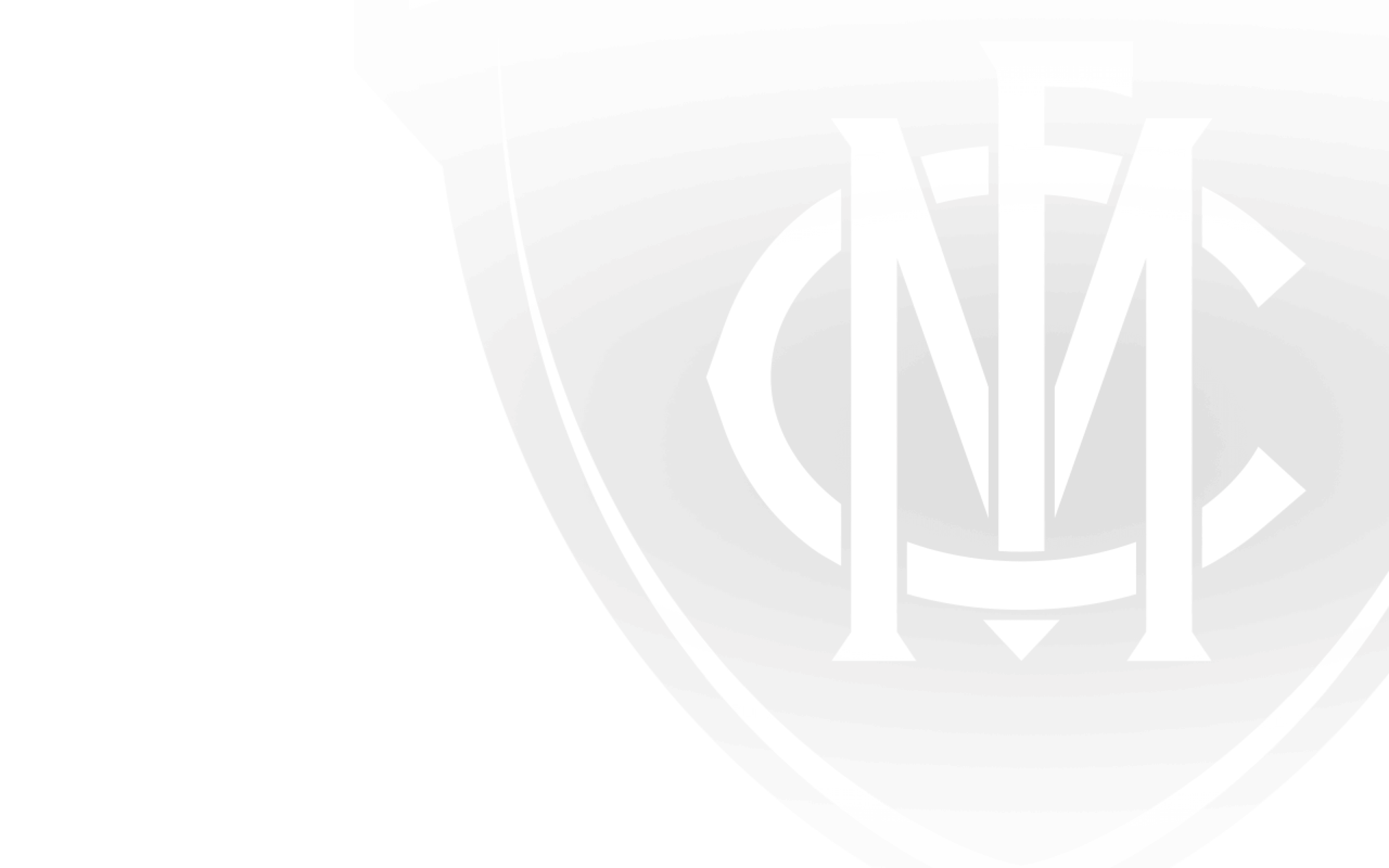Back then, we had 15 recruiters in our network, with two part-timers and the rest were weekend workers. At the end of 2008, we restructured the recruiting department to include another full-timer, which was Gary Burleigh.
We cut back our network to accommodate a full-timer. In terms of the budget, we are one of the lowest costing recruiting departments in the competition. It was a matter of maximising our dollars to get the best results. Finances help but it’s the quality of the people and the cohesiveness of the team that matters.
So to get another full-timer was really important in 2009.
‘Burls’ was an opposition analyst with Fremantle for six years. Having an opposition analyst background is an important skill for an AFL recruiter.
Gary has been a really important addition to our group.
I was an opposition analyst for two years, before coming into this role, while I also had a coaching background at TAC Cup level, where talent identification is a very important part of that role. Talent ID is obviously the most important skill to develop, before taking on a recruiting job.
When you’re at matches, you have to analyse matches and understand what’s going on out there. One of the key things in analysing football is: who’s got the talent and who’s hurting the opposition.
John Turnbull, who has been recruiting for more than 20 years and was previously Hawthorn’s head recruiting manager, also works for us on a part-time basis.
So now we’ve got eight recruiters, instead of 15.
The rest of the recruiting team is basically honourary positions.
Bernie Dunn in Perth has been working with the club for more than 20 years. He was a full-time recruiter, based in Melbourne during Neil Balme’s days.
Rob Draper has also been with us for more than 20 years. His eye and experience is critical in analysing the most important market, the TAC Cup.
Don Baron, who is a life member of the Melbourne Football Club and has more than 20 years experience in recruiting, also works for us on a voluntary basis. His love for the club is always on display and he has a great passion for recruiting.
So we have some really good experience in our recruiting network.
We also have Mark Hawkins in South Australia. He is part of our new breed. This is his third year with us and his second as South Australian head recruiter.
We’ve also employed Daniel Reid, who is also in his second year with us having previously worked for four years with Adelaide. He is based in Melbourne.
Rob and Daniel look after the TAC Cup - that’s their primary role and responsibility. Don also looks at TAC Cup and VFL for us.
We also employed former Essendon and Lion David Calthorpe this year. He looks at secondary markets, such as VFL, SANFL and AFLQ.
With the likelihood of us having later selections in the NAB AFL Draft and more rookie picks later this year, it’s important to have someone like Dave working exclusively in that area.
In terms of having a smaller team, the philosophy was to have fewer people do more work, rather than more people doing the reverse.
This enhances the knowledge and communication between the team. Individuals with more knowledge of the pool make the communication processes in the team easier to facilitate.
Each recruiter in the network has clear areas of responsibility of the talent pool they must be able to rate and rank correctly. However, we look for all to try and get as accurate global perspective on the draft pool as they can.
But the key thing about our group is that it can identify talent.
Reporting on games and knowing what happened where and when is really important, but the key is to have recruiters who can identify talent. They must be able to give a strong opinion and work independently.
In the first instance, they must work independently to gather their opinions and then work as a group to work collectively to come up with the final result.
In terms of the indigenous market, we get around to the Clontarf academies and have a strong alignment with Northern Territory and Western Australia. John Turnbull plays a big part in this market for us. He travels far and wide.
I believe we’ve got a really strong team who can identify talent across games and make the necessary judgments that need to be made to come up with our decision.
Once we identify players in the talent pool, we really look at their key attributes and see if they can become AFL players and where they might fit into our club.
We’ve had the same recruiting team together for the past two years and it’s really important that it is a strong working group we continue to build. We’ve also got a good blend of eyes, because each set tends to bring something stronger in identifying different player attributes.
There has been a lot of pressure on the group, because we’ve had the rebuild in the past two years and we’ve had 12 NAB AFL Draft picks, as well as two NAB AFL Pre-season Draft selections and further rookie choices.
In 2010, it will be just as big, but the nature of our picks will be different. I think the group has done well and come up with good outcomes.
The short term indications are exciting, however these are long term decisions and their success are really based on long-term outcomes.


